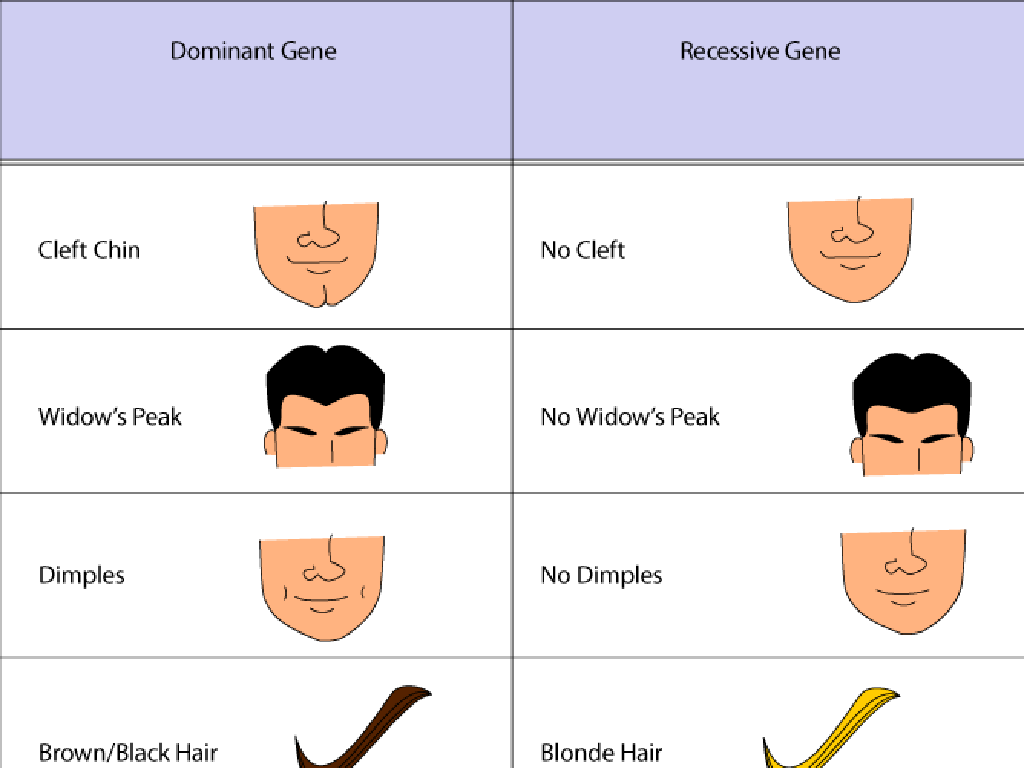Subject-Verb Agreement
Subject: Language arts
Grade: Sixth grade
Topic: Verb Types
Please LOG IN to download the presentation. Access is available to registered users only.
View More Content
Mastering Subject-Verb Agreement
– Explore verb types
– Verbs express action or state of being, e.g., run, is
– Grasp subject-verb agreement
– Subjects and verbs must match in number
– Significance of correct agreement
– Ensures clarity and correctness in communication
– Practice examples together
– We’ll apply rules to sample sentences in class
|
This slide introduces the concept of subject-verb agreement, which is crucial for constructing grammatically correct sentences. Begin by discussing the different types of verbs (action, linking, and helping verbs) and how they function within a sentence. Emphasize the importance of matching the verb to the subject in both singular and plural forms, which is the essence of subject-verb agreement. Highlight that proper agreement is essential for clear communication and prevents confusion. Engage the class with examples, asking them to identify the subject and verb in sentences and to correct any errors in agreement. This interactive approach will help reinforce the lesson and ensure students understand the material.
Exploring Verbs: Types and Examples
– Define what a verb is
– A verb is a word that shows action or state of being.
– Explore action verbs
– Action verbs: run, jump, eat – they show what someone/something does.
– Discover linking verbs
– Linking verbs: am, is, are – they connect the subject to more information.
– Learn about helping verbs
– Helping verbs: has, have, will – they assist the main verb to form a tense.
|
Begin with the definition of a verb to set a foundation for understanding. Explain that verbs are not just actions but can also reflect a state of being or existence. Introduce action verbs with physical or mental actions that can be observed. Linking verbs, often forms of ‘to be,’ link the subject to additional information such as a description or identification. Helping verbs modify the main verb to create different tenses and meanings. Provide examples for each type of verb and encourage students to come up with their own examples. This will help them grasp the concept of subject-verb agreement as they see how verbs function in different contexts.
Singular vs. Plural Subjects
– Defining singular & plural subjects
– Singular: one item/person. Plural: more than one.
– Examples: Singular vs. Plural
– Singular: ‘The cat purrs.’ Plural: ‘The cats purr.’
– Group Activity: Identify subjects
– Find subjects in sentences, determine if singular or plural.
– Discuss findings with the class
– Share and explain why a subject is singular or plural.
|
This slide introduces the concept of subject-verb agreement, focusing on the difference between singular and plural subjects. Begin by explaining that a singular subject refers to one person, place, thing, or idea, while a plural subject refers to more than one. Use clear examples to illustrate the difference. For the group activity, provide sentences and have students identify the subjects and classify them as singular or plural. After the activity, encourage students to discuss their findings, reinforcing their understanding of how subjects agree with verbs in number. This will help prepare them for more complex aspects of subject-verb agreement.
Mastering Subject-Verb Agreement
– Learn basic agreement rules
– A subject must agree with its verb in number: singular with singular, plural with plural.
– Match subjects with verbs correctly
– Singular subjects take singular verbs, while plural subjects take plural verbs.
– Explore common agreement errors
– Errors often occur with irregular verbs, collective nouns, or when the subject is separated from the verb.
– Practice with class activities
– We’ll do group exercises and individual quizzes to reinforce these rules.
|
This slide introduces the fundamental concept of subject-verb agreement, which is crucial for constructing grammatically correct sentences. Emphasize the importance of matching singular subjects with singular verbs and plural subjects with plural verbs. Highlight common pitfalls, such as mistakes with irregular verbs or collective nouns, and the confusion that can arise when subjects and verbs are not next to each other in a sentence. Engage the class with interactive activities, such as correcting sentences on the board, creating their own examples, and peer-review quizzes. This practical application will help students internalize the rules and recognize errors in their own writing.
Mastering Subject-Verb Agreement
– Match singular subjects with singular verbs
– Use ‘runs’ for ‘he’ or ‘she’, not ‘run’
– Match plural subjects with plural verbs
– Use ‘run’ for ‘they’, not ‘runs’
– Engage in practice activities
– Take an interactive quiz
– Test what you’ve learned with a fun quiz
|
This slide is aimed at reinforcing the concept of subject-verb agreement for sixth-grade students. Begin with examples of singular subjects followed by singular verbs, emphasizing the importance of matching the number. Then, move on to plural subjects with plural verbs. Provide practice activities where students can apply these rules in sentences. Conclude with an interactive quiz to assess their understanding. The quiz can include multiple-choice questions, fill-in-the-blanks, and sentence correction. This will help students to solidify their grasp of subject-verb agreement in a fun and engaging way.
Exceptions in Subject-Verb Agreement
– Irregular verbs agreement
– Some irregular verbs don’t follow standard rules, e.g., ‘is’ vs. ‘are’
– Collective nouns agreement
– Words that represent a group but are treated as singular, e.g., ‘team’
– Singular vs. plural verbs
– Use singular verbs when the group acts as one unit
– Rules for collective nouns
– Use plural verbs when group members act individually
|
This slide addresses the more complex aspects of subject-verb agreement, focusing on irregular verbs and collective nouns. Irregular verbs often don’t adhere to typical conjugation patterns, which can confuse students. Collective nouns, such as ‘team’ or ‘staff,’ can take either singular or plural verbs depending on whether the action is performed by the group as a whole or by individual members. It’s crucial to provide examples and practice sentences to help students understand these exceptions. Encourage students to think of collective nouns in both contexts and come up with sentences that show the difference in verb usage.
Let’s Practice Subject-Verb Agreement!
– Create sentences with correct agreement
– Group activity: Find and fix mistakes
– Work in groups to correct sentences with errors in subject-verb agreement
– Share your sentences with the class
– Each group will present their corrected sentences
– Understand the importance of agreement
– Learn why subject-verb agreement is crucial for clear communication
|
This slide introduces a class activity focused on subject-verb agreement. Students will first individually create their own sentences, ensuring the subject and verb agree in number. Then, they will work in groups to identify and correct errors in a set of provided sentences. Afterward, each group will share their corrected sentences with the class, fostering a collaborative learning environment. The teacher should emphasize the importance of subject-verb agreement in making sentences clear and understandable. Possible activities include correcting sentences from a worksheet, creating a short story with intentional mistakes for others to correct, or peer-reviewing each other’s sentences. The teacher should circulate to offer guidance and ensure that each student grasps the concept.
Review and Reflect: Subject-Verb Agreement
– Recap: Rules of Subject-Verb Agreement
– Subjects must match verbs in number: singular with singular, plural with plural.
– Importance of Accurate Agreement
– Clear agreement avoids confusion, making sentences easily understandable.
– Engage in Q&A Session
– Prepare questions about subject-verb agreement for discussion.
– Apply knowledge in writing
|
This slide aims to consolidate the students’ understanding of subject-verb agreement. Start by reviewing the key rules, such as ensuring the subject and verb in a sentence agree in number. Emphasize how correct agreement improves clarity in writing, making it easier for readers to follow the writer’s thoughts. Encourage students to ask questions they may have about subject-verb agreement to clarify any confusion. Finally, prompt students to practice applying these rules in their writing, reinforcing the lesson’s concepts. Provide examples and be ready to correct and explain common mistakes that may arise during the Q&A session.
Class Activity: Verb Agreement Game
– Form groups for the game
– Play the Verb Agreement Game
– Follow the rules to match subjects and verbs correctly
– Match subjects with the correct verbs
– For example, ‘She (run/runs) fast.’ The correct verb is ‘runs’
– Reflect on the game’s learning
– Discuss as a class what you learned about subject-verb agreement
|
This interactive class activity is designed to reinforce the concept of subject-verb agreement. Divide the class into small groups and provide each group with sentence cards that have subjects and verbs separated. The objective is for students to correctly match subjects with their corresponding verbs. After the game, lead a class discussion to reflect on what was learned. Ask students to share any patterns they noticed or rules they can infer about subject-verb agreement. This activity will help students understand how subjects and verbs must agree in number and person, which is crucial for constructing grammatically correct sentences.






